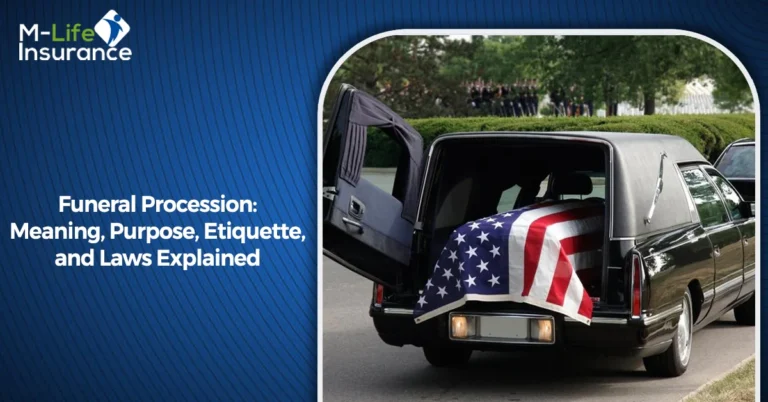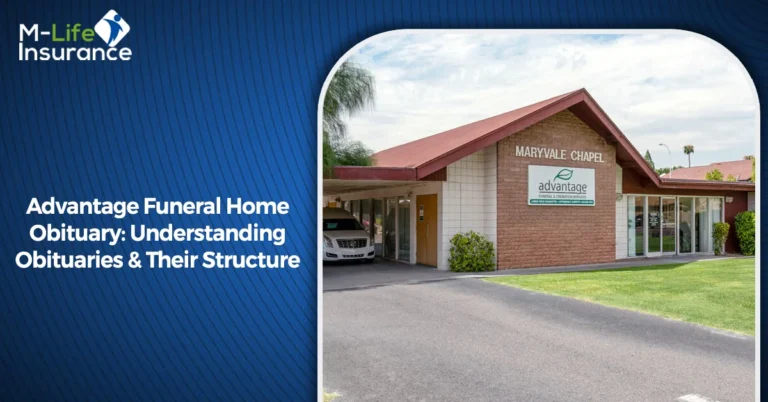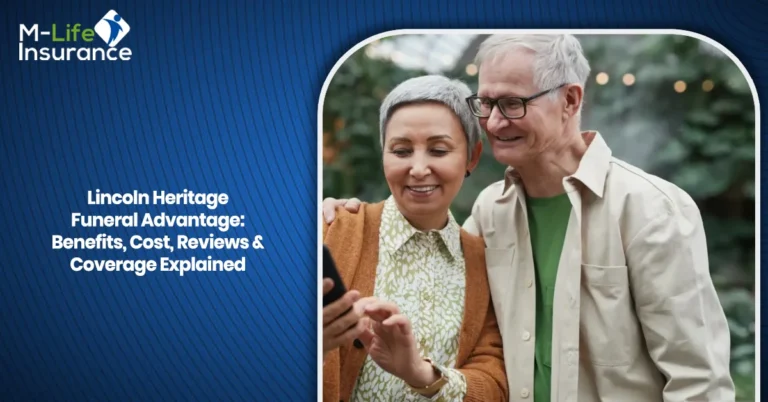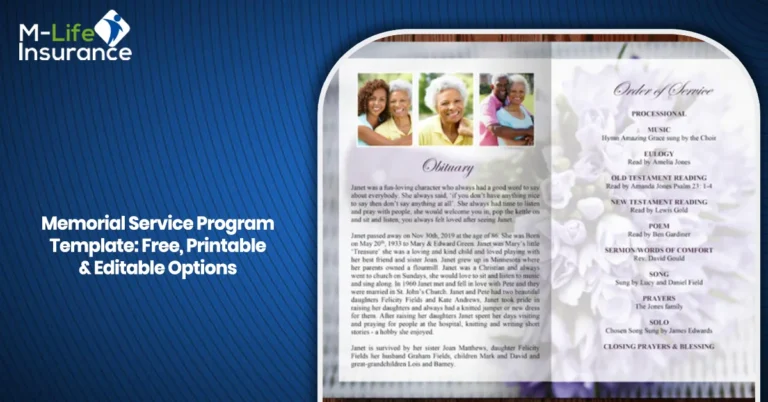Accidental insurance plans are a type of insurance plan that covers you in case of an accident that may lead you to disability or loss of income. These plans are valuable in situations where several traditional insurances may fall short.
However, understanding the coverage extent of accidental insurance might be confusing particularly when it comes to PPD (permanent partial disability), PTD (permanent total disability), and TTD (temporary total disability). In this blog post, we will find out whether an accidental insurance plan covers PPD, PTD, and TTD by default. Moreover, we will also discuss some considerations you have to remember while choosing an accidental insurance policy. Let’s get started!
Understanding the Basics of Accidental Insurance Plan
Accidental insurance policies are planned to pay out a death benefit to the insured or their designated beneficiaries if they got injured or disabled due to an accident covered by the policy. This insurance usually covers accidents such as motor vehicle accidents, falls, slips, or any other injuries from unexpected circumstances.
Generally, two large categories fall into accidental insurance:
- Individual Accident Insurance: This type of plan covers particular individual(s) in case of any damage, injury, or death due to accidents.
- Group Accident Insurance: This covers a complete group in case of injury or damage because of accidents. Group accident insurance is usually taken by an employer to get coverage for their employees. No doubt larger groups come with discounts, they also offer limited benefits as compared to individual accident insurance.
Does accidental insurance cover PPD, PTD, and TTD?
Well! For PPD and PTD the answer is yes. Accidental insurance plans often cover PPD and PTD by default. Meanwhile, the insurance coverage may or may not cover TTD by default. Here we will discuss these three situations one by one:
1- Permanent Partial Disability (PPD):
PPD refers to a disability or body injury where a person loses a certain percentage of their bodily function or use of body parts due to an accident. As a result, the injured person is left behind with permanent disability of one or a few of their limbs. He may be able to perform some functions of their occupation but will be limited.
The lump sum payout for PPD coverage is generally a percentage of the total sum insured, based on the extent of the disability of the policyholder. For instance, if the person loses 50% of his hand’s functionality, he will get 50% of the coverage amount of the policy.
2- Permanent Total Disability (PTD):
It occurs when a person gets permanently and entirely disabled due to an accident, being left behind with a disability that limits them from performing any function. It refers to a complete loss of any possibility of being hired for any occupation.
In the case of permanent total disability, the insured will get the full sum insured as a lump sum benefit. It will help him to deal with the financial challenges of long-term disability.
3- Temporary Total Disability (TTD):
It refers to those disabilities in which a person suffers a total disability, but only for a temporary duration, typically for a few weeks or months. It means that for that time frame, the insured person can’t perform any occupational activities and earn an income.
If the accidental insurance plan offers TTD coverage to the policyholder, he will get a portion of the benefit amount as a weekly or monthly benefit until he recovers and gets back to work.
Some Consideration while Selecting an Accidental Insurance Policies
1- Policy Terms and Conditions: Before buying an accidental insurance policy, review the policy’s terms and conditions to understand what types of disabilities and incidents are covered. Also, check out any limitation or exclusion that may apply and then decide.
2- Policy Riders and Add-ons: Some insurers provide optional riders that can increase the scope of your policy’s coverage. It may include provisions for additional medical bills, extended coverage for particular injuries, or rehabilitation advantages.
3- Occupation and Lifestyle: Various insurance policies have different degrees of coverage depending on the occupation and lifestyle of the policyholder. Some risky professions or hobbies can affect the terms of the plan’s coverage or premium rates.
What to do if your accidental insurance plan does not cover PPD, PTD, and TTD?
In case your accidental insurance plan does not cover PPD, PTD, and TTD, you may have to take some steps:
- Review your insurance policy: Thoroughly read the documents of your insurance plan and confirm the details of coverage its offering. Ensure that you understand the terms, limitations, and exclusions of the plan you select.
- Contact the insurance company: Reach out to your insurer or an insurance agent to clarify your coverage option. You can also ask questions about why some disabilities are not covered and if there is any option to add them to the plan.
- Consider some additional coverage: In case your accidental death plan is not providing coverage for PPD, PTD, and TTD, you can also explore some other insurance options. You can check supplemental disability insurance policies or other insurance plans that offer coverage for these disabilities.
- Get some professional advice: Consulting an insurance expert or a licensed insurance broker will also help you. He will provide you with guidance and various options according to your particular situation. In addition, he also helps you to understand the available options and find you a suitable one that meets your requirements.
Remember that insurance plans are different, so it’s necessary to carefully review your plan and consult some professionals for better advice.
The Bottom Line
Accidental insurance plans typically provide coverage for Permanent Partial Disability (PPD) and Permanent Total Disability (PTD). However, the inclusion of Temporary Total Disability (TTD) plans varies among several insurance companies and plans. So, first, go through the terms and conditions of the plan before making a final decision. Furthermore, consider your particular needs, occupation, and lifestyle to make sure you get the right level of a plan to protect your financial situation during unforeseen situations.

Joyce Espinoza, Expert Life Insurance Agent
How Much Does Life Isurance Cost?
Joyce Espinoza is a trusted life insurance agent at mLifeInsurance.com. She’s been in the insurance industry for over ten years, helping people, especially those with special health conditions to find the right coverage. At MLife Insurance, Joyce writes easy-to-understand articles that help readers make smart choices about life insurance. Previously, she worked directly with clients at Mlife Insurance, advising nearly 3,000 of them on life insurance options.
